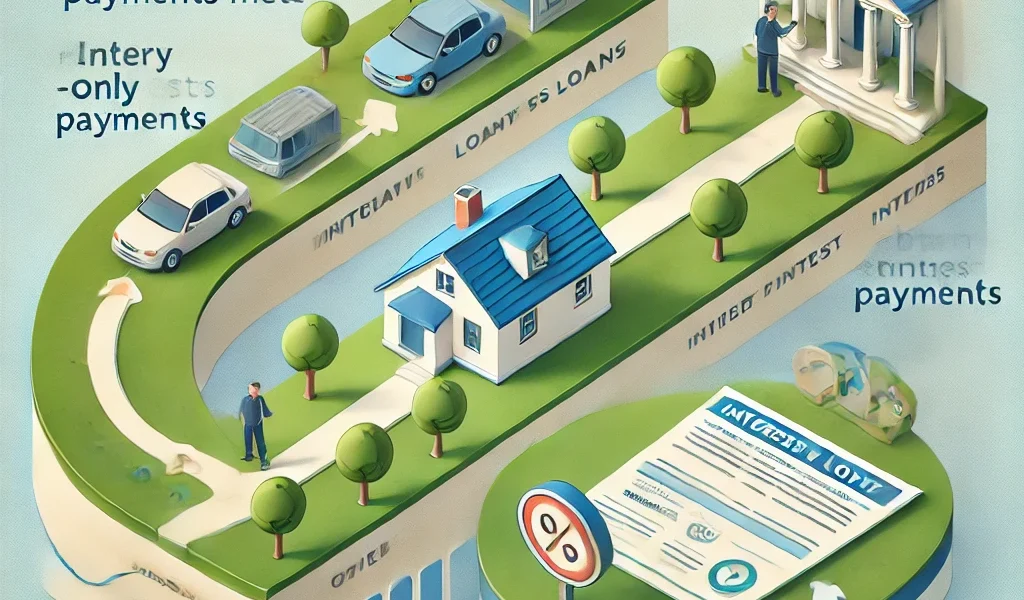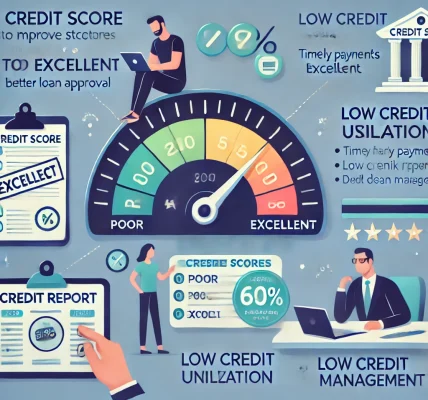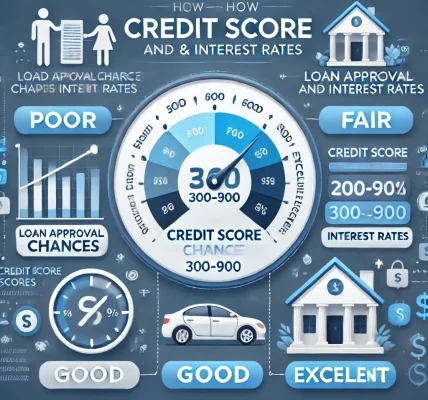Introduction
When seeking financing options, borrowers often come across different types of loans, each with its own repayment structure. Interest-only loans are one such option that allows borrowers to pay only the interest for a specified period before beginning to repay the principal. These loans can be beneficial in some financial situations, but they also carry risks.
In this blog, we will explore how interest-only loans work, their advantages and disadvantages, and who they are best suited for.
What Is an Interest-Only Loan?
An interest-only loan is a type of loan where the borrower pays only the interest for an initial period, typically 5 to 10 years. After this period, the loan either converts into a traditional loan where both principal and interest are due, or the borrower must pay the entire principal as a lump sum.
Key Features of Interest-Only Loans:
- Initial Period: Borrowers pay only interest for a set number of years.
- Lower Initial Payments: Monthly payments are significantly lower during the interest-only phase.
- Higher Payments After the Interest-Only Period: Once the principal repayment begins, payments increase.
- Common in Mortgages and Business Loans: Interest-only loans are often used for real estate investments or business financing.
How Do Interest-Only Loans Work?
- Application & Approval: Borrowers must qualify based on their creditworthiness, income, and financial history.
- Interest-Only Period: For a set number of years (e.g., 5-10), only the interest is paid.
- End of Interest-Only Period: Borrowers must begin repaying the principal, refinance the loan, or make a lump sum payment.
For example, if you take a $300,000 interest-only loan at a 5% annual interest rate with a 10-year interest-only period, you would pay $1,250 per month for the first ten years. Once the principal repayment starts, your monthly payments would significantly increase.
Benefits of Interest-Only Loans
Interest-only loans offer various advantages that appeal to specific borrowers:
✅ Lower Initial Payments: Borrowers can free up cash flow for investments, emergencies, or business expenses.
✅ Better Investment Opportunities: Real estate investors can maximize profits by paying lower initial costs while properties appreciate in value.
✅ Flexibility in Payments: Some lenders allow extra principal payments even during the interest-only phase, helping borrowers reduce the overall loan burden.
✅ Short-Term Financial Relief: Suitable for individuals expecting an increase in future income or bonuses.
✅ Potential Tax Benefits: In some cases, interest payments may be tax-deductible, especially for real estate investors.
Risks and Disadvantages of Interest-Only Loans
While interest-only loans provide flexibility, they also come with notable risks:
❌ Higher Long-Term Costs: Borrowers pay more interest over the loan’s lifetime compared to traditional loans.
❌ Payment Shock: When the interest-only period ends, monthly payments can increase drastically, which may be challenging for some borrowers.
❌ Negative Equity Risk: If property values decline, borrowers may owe more than their asset’s worth.
❌ Not Suitable for Long-Term Stability: These loans are best for short-term financial strategies rather than long-term homeownership.
❌ Potential Refinancing Challenges: If borrowers cannot afford the new payments, refinancing may not always be an option due to credit score requirements or market conditions.
Who Should Consider an Interest-Only Loan?
Interest-only loans are not suitable for everyone. They are best suited for:
- Real Estate Investors: Those who expect property values to increase over time.
- High-Income Professionals: Individuals with fluctuating income, such as business owners or commission-based employees.
- Short-Term Borrowers: People planning to sell their property or refinance before the principal repayment phase begins.
- Business Owners: Entrepreneurs who need low initial payments to maintain cash flow.
Alternatives to Interest-Only Loans
If an interest-only loan doesn’t seem right for you, consider these alternatives:
- Fixed-Rate Mortgages: Stable payments throughout the loan term.
- Adjustable-Rate Mortgages (ARMs): Lower initial rates with potential adjustments.
- Balloon Loans: Lower payments initially but require a lump sum at the end.
- Home Equity Line of Credit (HELOC): Flexible borrowing based on property equity.
Final Thoughts
Interest-only loans can be a valuable financial tool for the right borrowers but come with inherent risks. Before choosing this option, carefully evaluate your financial stability, future income potential, and ability to manage the increased payments once the interest-only period ends.




